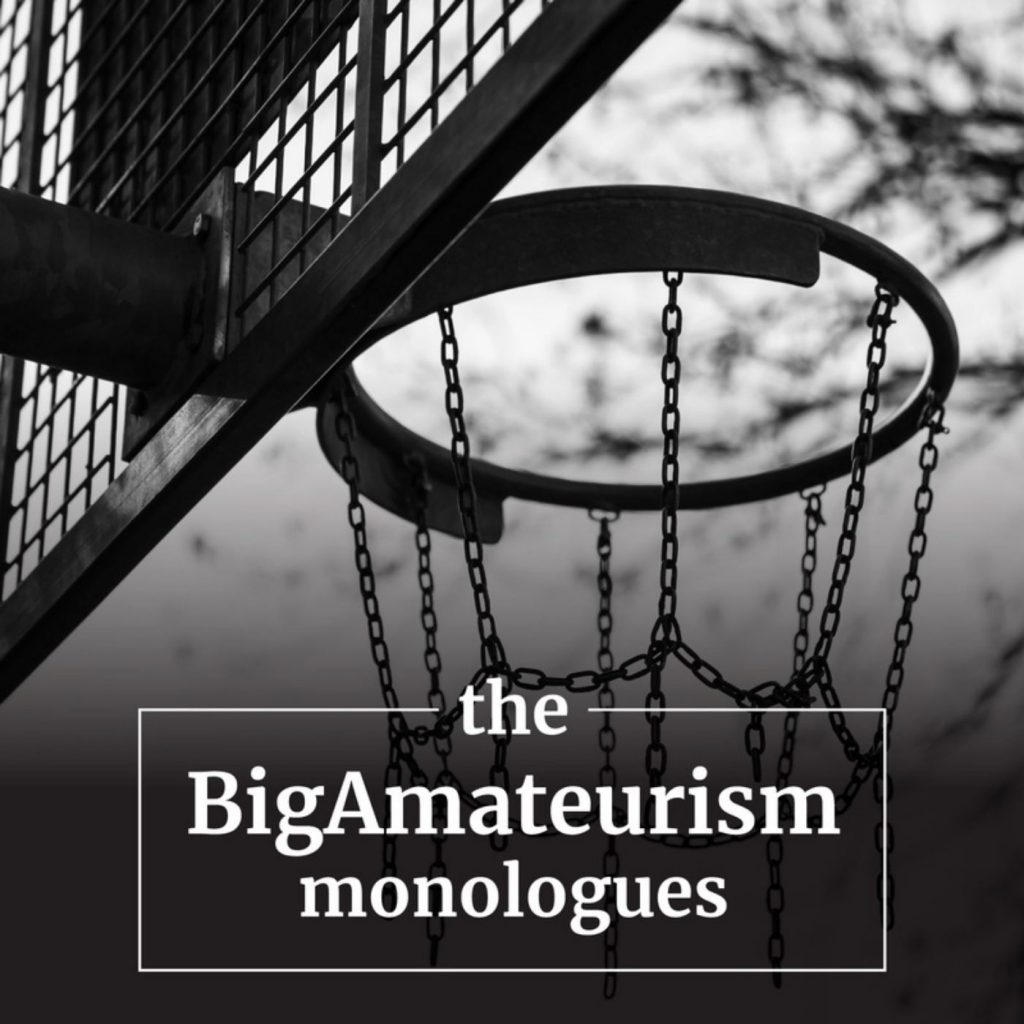Episodes
The Senate Commerce Committee is considering NCAA-protective legislation that would wipe from the books every proposed state name, image, and likeness law. The power of federal preemption—the removal of states from a regulatory field—is the vehicle through which the NCAA seeks this goal. This episode explores the nature and purpose of federal preemption and how the NCAA’s claimed justification for nullification of state NIL laws compares to the federal government’s historical use of that power. I discuss the genesis of the NCAA’s campaign for this exceptional federal power. NCAA-friendly legislation proposed by Senators Roger Wicker (R-MS) and Roger Moran (R-KS) (both of whom serve on the Commerce Committee) contain sweeping preemption provisions that go far beyond NIL. Wicker and Moran have been instrumental in pursuing the NCAA’s agenda to claim the Iron Throne of college sports regulation. The Commerce Committee appears to have bought into the NCAA’s manufactured sense of urgency for immediate Congressional action before five state NIL laws become operational on July 1st. Yet, in the debate over NIL “compensation” for athletes, Congress has not analyzed whether there is a legitimate federal interest at stake that would warrant Congress’s use of its extraordinary Article VI powers.
Resources:
The NCAA’s Campaign to Crush Athletes’ Rights: Part IV, Supremacy (cagerredux blog, June 4th 2020)
Anatomy of the NCAA’s Historic Bait and Switch on NIL (cageredux blog, September 28th 2020)
Important Note(s) and Episode Description: On June 9th, 2021, the Senate Commerce Committee held hearings titled “NCAA Athlete NIL Rights.” I have an extended intro. (approx. 7 minutes long) that captures highlights of this intriguing hearing. I analyze these clips throughout the episode. Additionally, I have an addendum at the end of the episode that addresses an upcoming hearing in Commerce on June 17th that I learned about today (June 11th) just as I was about to hit the “publish” button. This episode was initially recorded on June 10th—the day after the hearing—and edited on June 11th.
The NCAA and Power 5 have launched an all-out assault on the Senate Commerce Committee in a desperate attempt to get some legislative relief from the upcoming wave of state name, image, and likeness laws set to go into effect on July 1st. The NCAA and Power 5 have narrowed their wish list to federal preemption of state NIL laws. This episode analyzes the hearing and its likely consequences. Buckle up for the next three weeks because it’s going to be a wild ride in the volatile world of the business of big-time college sports.
A series of seemingly random events have played out over the last six weeks that may signal the NCAA’s and Power 5’s short-term strategies to protect and pursue their quest for the Iron Throne of college sports regulation. After the Alston case was formally submitted to the Supreme Court for decision after the March 31st oral argument, the NCAA, Power 5, and their allies made some intriguing moves. From the reintroduction of the Gonzalez-Cleaver name, image, and likeness bill on April 26th to significant departures from the NCAA national office to the NCAA Board of Governors’ unanimous extension of NCAA president Mark Emmert’s contract, to the introduction of a bill in the Senate that would make revenue-producing athletes employees of their universities under federal labor laws, and much more, the last six weeks have been full of surprises. This episode analyzes these events and what they may mean for the future of college sports.
On July 9th, 2014, NCAA president Mark Emmert testified in the Senate Commerce Committee to unveil “reforms” in the structure of Division I as well as a laundry list of “benefits” for college athletes. Emmert’s testimony suggested that these “historic” changes were his own and reflected the preferences of the full NCAA membership association-wide and also Division I-wide. Yet behind the scenes since November of 2013, the Power 5 conferences—driven by football interests—had demanded these changes under threats to leave the NCAA unless they were granted for the sole benefit of the Power 5. In a confidential memorandum dated November 25, 2013, the Power 5—through the president of the University of Florida and the chancellor of the University of Nebraska—laid out an audacious power grab that would create an independent Power 5 association under the NCAA umbrella. In May 2014, two months after a regional labor relations board found that Northwestern University football players met the definition of “employee” under federal law, Power 5 interests went into full panic mode and Pac-12 presidents sent other Power conference presidents a letter demanding immediate action on an independent legislative and governance classification for the Power 5 that would permit these conferences to get ahead of the wave of revenue-producing athlete-friendly decisions coming from external regulators that threatened to “either do away with college athletics entirely or professionalize them to such an extent as to have the same result.” This pressure from Power 5 interests to steamroll the NCAA into submission on these issues accelerated with the O’Bannon trial (June 9th – 27th, 2014) and the beginning of the Alston suit in earnest (June/July 2014). With the August 2014 NCAA annual legislative meeting looming, the Power 5 pressed Emmert into service to make the case in the Senate for what became the “Autonomy” classification for the Power 5. Emmert’s testimony concealed the true origin of these changes. No Power 5 conference commissioner or Power 5 president/chancellor testified. On August 6th, 2014 at the annual NCAA legislative meeting, the NCAA Division I Board of Directors voted 16-2 to grant the Power 5 unprecedented authority to pursue their commercial interests independent of the rest of the Association while remaining under the NCAA umbrella.
Note: The intro montage for this episode is longer than most (approx. 4 minutes). Each clip comes from the July 9th, 2014 Senate Commerce hearing. The speakers (in chronological order) are:
1. William Bradshaw (former athletics director at Temple University, representative of athletics directors’ interests, and NCAA advocate);
2. Mark Emmert (NCAA president) – Emmert lays out the contours of new “benefits” for athletes and makes no mention of Power 5’s behind the scenes pressure;
3. Sen. Dan Coats (R-IN) – reinforcing the theme that the changes are Emmert’s/NCAA’s; Coats is NCAA/Power 5 advocate;
4. Emmert on importance of big-time football and men’s basketball revenue to the BigAmateurism business model; channels Myles Brand’s “collegiate model” requiring the diversion of wealth from revenue-producing athletes to non-revenue athletes to increase “participation opportunities;”
5. Coats disingenuously making the case that proposed changes are necessary to protect Title IX and non-revenue interests;
6. Sen. Claire McCaskill (D-MO) – takes Emmert to task on transparency and his role as a puppet for Power 5 commercial interests;
7. Taylor Branch (civil rights historian) – observes the irony of looking to Power 5 as agents of change for the benefit of revenue-producing athletes.




